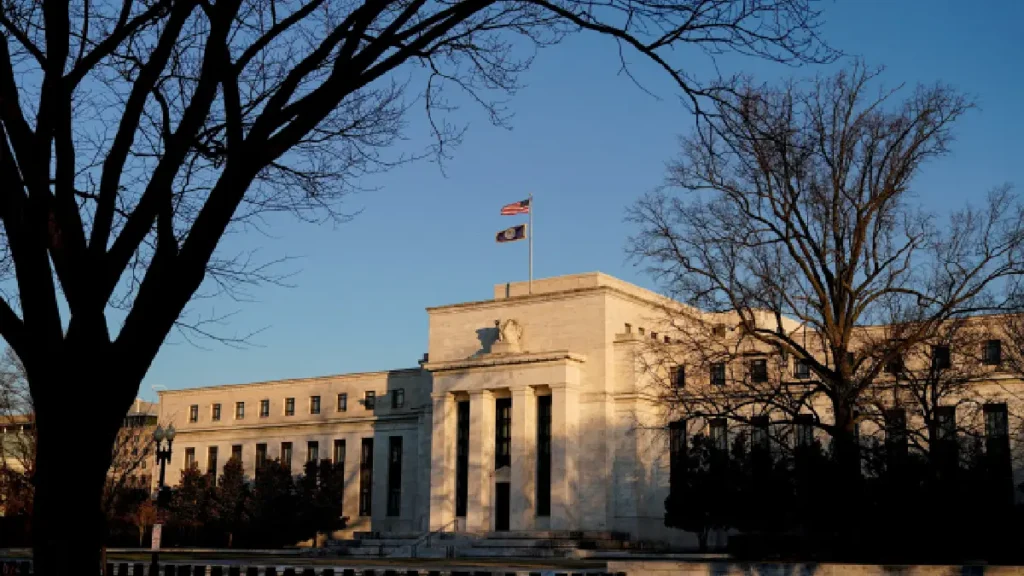The US Federal Reserve is widely anticipated to maintain interest rates at their current levels this week amid a period of mixed economic data. Despite grappling with persistent inflation exceeding its target of two percent, the Fed has already raised interest rates 11 times in the past 18 months. The recent uptick in inflation due to rising energy costs has put additional pressure on the central bank. However, analysts and traders expect the Fed to refrain from further rate hikes in September, allowing policymakers to better assess the nation’s economic health.
EY Chief Economist Gregory Daco stated, “We think the Fed is done with its tightening cycle,” a view that has remained consistent over recent months. Deutsche Bank economists concur, noting that they expect the Fed to hold rates steady following strong signals ahead of the meeting.
The Federal Open Market Committee (FOMC) faces a delicate balancing act as it seeks to control inflation through interest rate increases while avoiding an economic downturn—a challenging task known as achieving a “soft landing.” Recent economic indicators suggest this may be feasible, with robust first-half economic growth, declining inflation, and a somewhat softened job market.
Goldman Sachs analysts lowered their US recession probability forecast from 20 percent to 15 percent, and many economists, including those within the Fed, no longer anticipate a recession. Some FOMC members, like Fed Chair Jerome Powell, believe there is a unique opportunity for the Fed to achieve a soft landing in the coming months, contingent on data vigilance.
Chicago Fed President Austan Goolsbee mentioned a “golden path opportunity,” acknowledging growing market confidence in the Fed’s ability to pull off this feat while staying responsive to data. Conversely, Fed governor Michelle Bowman has suggested that additional rate hikes may be necessary to reach the two percent inflation target.
While a September pause is widely expected, the consensus regarding a November rate hike is less clear. Traders currently assign a probability of slightly over 65 percent that the Fed will keep rates steady in November. Regardless of the ultimate decision, the Fed’s indication of another hike this year could serve as a useful signal to the markets, preventing expectations of an imminent end to the tightening cycle.

